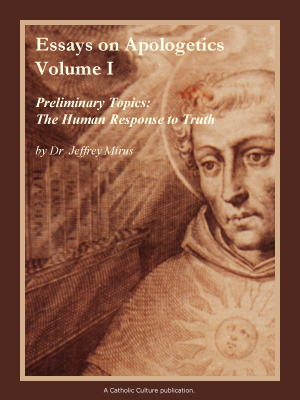The Father William Most Collection
Nefesh
[Published electronically for use in classes taught by Fr. Most and for private theological study.]
1. Theodore J. Lewis, Cults of the Dead in Ancient Israel and Ugarit, Atlanta, Scholars, 1989, pp. xv + 230.$20.95. Reviewed in CBQ Jan ,1991, pp. 108-10. "The cult of the dead has also been confirmed by archaeological data, including the discovery of pipes leading into Late Bronze age tombs at Ugarit. The pipes were located next to the tombs' doors and were used to pour water into the tomb - a duty of the caretaker of the tomb.... Throughout the deuteronomnistic material and the prophets, practices such as all-night vigils at tombs are attacked (see Isa 65:4). Why would the prophets attack such practices if the people were not engaging in them? These specific acts are forbidden by Jeremiah (16:5-8) for example.... The Holiness Code from the Priestly source... formulates legal sanctions against these practices and rites [Lev.19:26b-32].... Lewis presents a well argued, well documented case for the presence of necromancy and death cult practices in ancient Israel."
2. The word nefesh as a broad range of meanings. To determine the actual sense we need to be careful of theological method. At times in divine matters we meet two conclusions which seem to clash completely. We recheck our work, but if they are still there, we must keep both, hoping someone sometime will find how to fit them together.
This seems to have been the case with the Hebrews. They perceived two things: 1) Man seems to be a unitary being, one part, a body with the breath of life. This would leave no room for survival; 2) Yet they show a firm belief via necromancy that there is a survival. Necromancy had to be forbidden several times in the OT, showing its persistence.
The final solution came when they learned of the two parts, early in the 2nd century B.C. as reflected in Wisdom 3:1.







